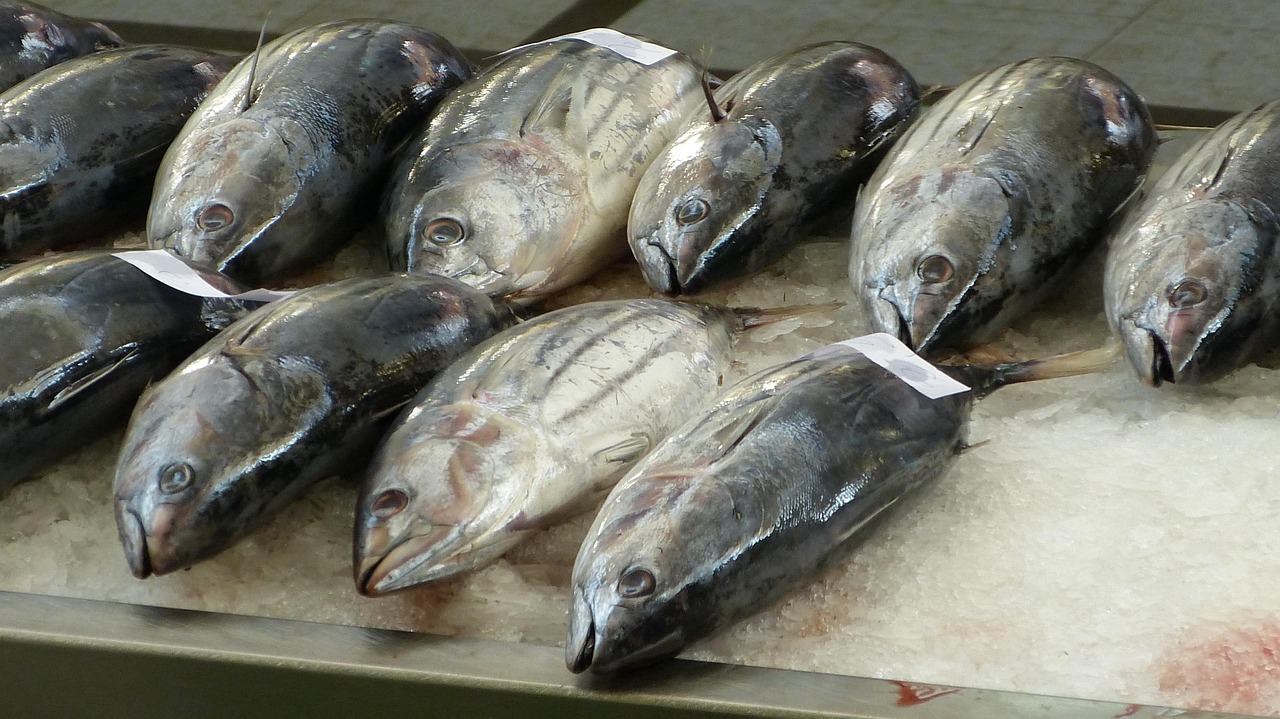
Keith Lusher 08.18.25

Recreational and charter boat anglers hoping to land a bluefin tuna for the dinner table will have to wait until 2026. The National Oceanic and Atmospheric Administration (NOAA) announced an immediate closure of the recreational bluefin tuna fishery effective August 12, 2025, citing that the angling category quota has been reached.
The closure affects all recreational bluefin tuna fishing, including school, large school, small medium, large medium, and giant-sized fish. Charter captains and private anglers with Atlantic Highly Migratory Species (HMS) permits can no longer retain, possess, or land any Atlantic bluefin tuna through December 31, 2025.
“This in-season action is needed to ensure the United States Atlantic bluefin tuna quota is not exceeded and is consistent with the International Commission for the Conservation of Atlantic Tunas (ICCAT) requirements,” a NOAA spokesperson said in a statement.
While anglers can still catch and release bluefin tuna, the shutdown has immediate economic impacts on the charter fishing industry. Greg Gargiulo of Patty Ann Charters at Captree Boat Basin must now target yellowfin tuna instead, requiring trips 70-80 miles offshore instead of the usual 30-50 miles for bluefin.
“It’s going to hurt my bottom line for sure,” Gargiulo said. “The yellowfin are only here for a short period. By October, they’re gone.”
John McMurray of One More Cast Charters in Oceanside has already experienced cancellations due to the closure. “I’ve had half a dozen cancellations already,” said McMurray, who called the timing particularly frustrating given the abundance of fish. “This is my 25th year in business, and we’ve never had this many fish around.”
Commercial Fishing Continues Unaffected
Notably absent from the closure are commercial bluefin tuna operations, which continue fishing under separate quota categories. This highlights a frustrating disparity for recreational anglers who consistently face restrictions while commercial operations, which harvest significantly more fish, continue unaffected.
The commercial General category receives 710.7 metric tons of the total 1,316.14 metric tons U.S. quota, while the recreational allocation is substantially smaller. Commercial operations also benefit from quota transfers between categories when limits are reached, a flexibility rarely extended to recreational fishermen.

Record Season Leads to Early Closure
The 2025 closure comes after a banner 2024 season that saw abundant schools of bluefin tuna close to shore along the Northeast coast. Recreational anglers experienced exceptional fishing, but the success came at a cost. NOAA estimates the recreational quota was exceeded by at least 50 percent in 2024, leading to revised retention limits for 2025 that ultimately proved insufficient to prevent another early closure.
The pattern has become frustratingly familiar for recreational anglers: when fish are abundant and fishing is good, quotas are quickly reached and seasons cut short. Meanwhile, commercial operations continue fishing throughout the year under their separate allocations.
The recreational fishery will automatically reopen on January 1, 2026, with default retention limits in place. However, if similar abundance continues, anglers may face another early closure next summer unless NOAA adjusts quota allocations to better reflect the recreational sector’s contribution to marine conservation and coastal economies.
Trending Products












